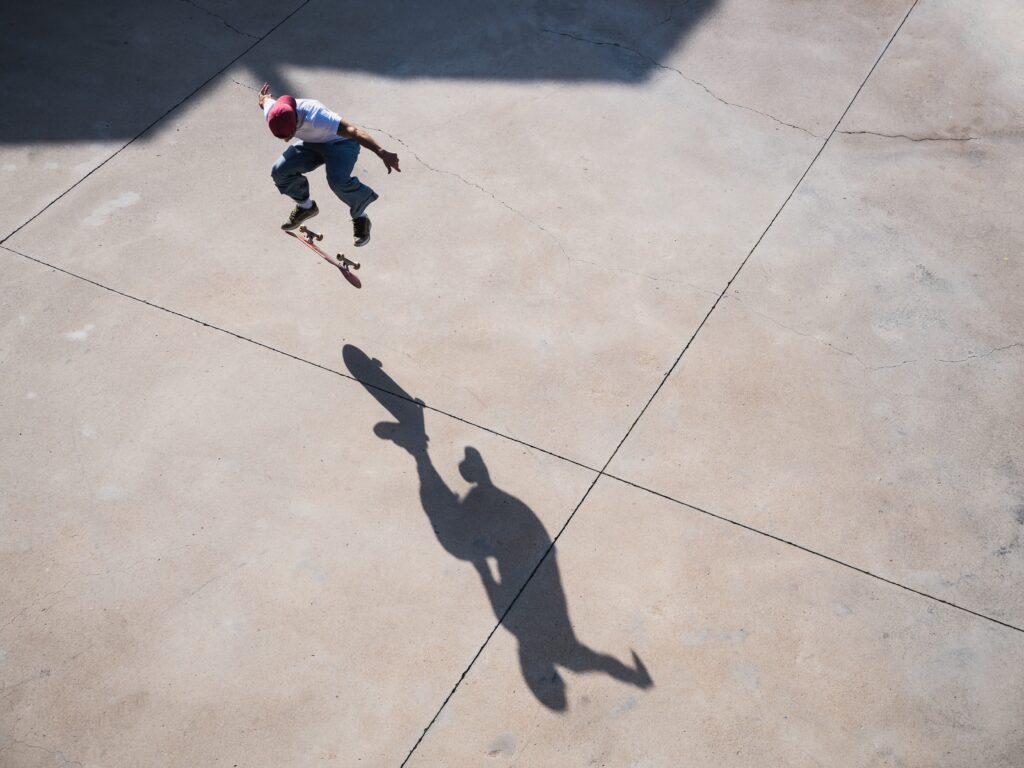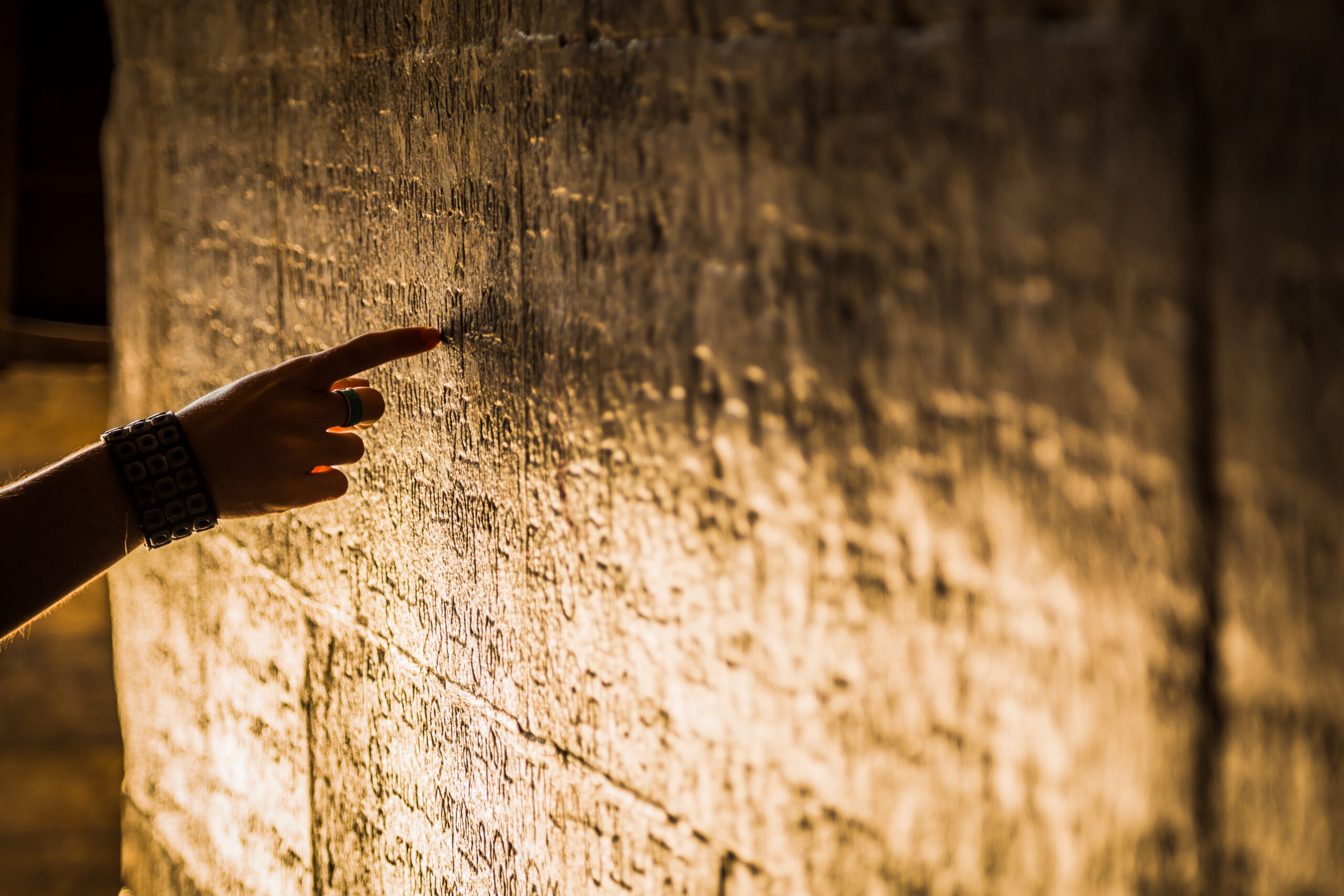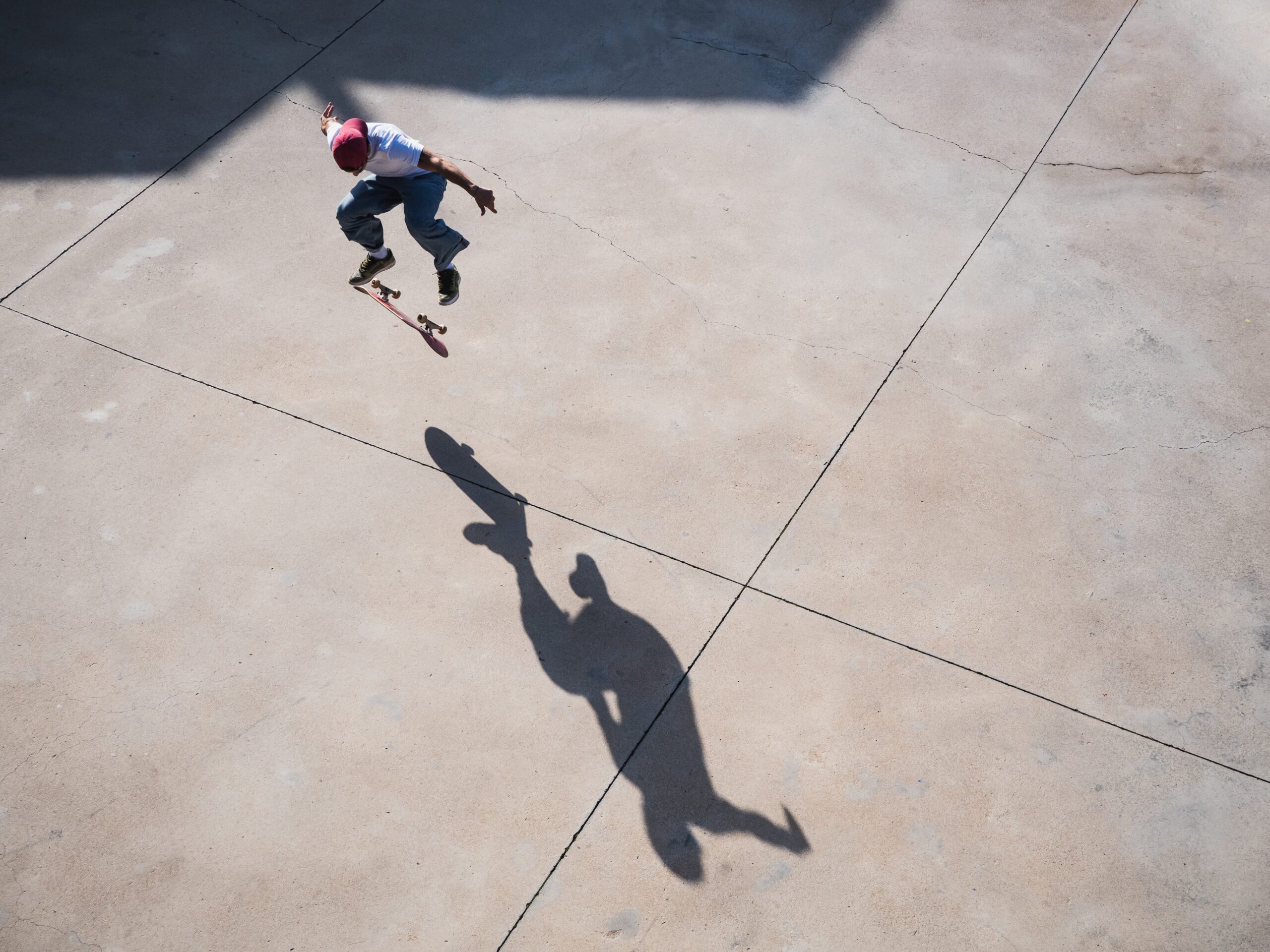We often think of shadows as nothing more than the result of blocked light – mere silhouettes cast by the physical world. Yet shadows are far more than passive bystanders in the play of light and darkness. They are symbols, illusions, scientific puzzles, and philosophical metaphors. From ancient cave walls to cutting-edge physics, shadows have always held a place not just in the corners of our world, but in the depths of our imagination. They are the silent companions of light, shaping perception, inspiring mythology, and revealing truths hidden in plain sight.

Outline
- The Science of Shadows: Where Light Meets Matter
- Cultural Symbolism: Shadows as Meaning-Makers
- Philosophical Depth: The Metaphor of the Shadow
- When Shadows Become Reality: Optical Illusions and Neurology
- Shadows in Art, Literature, and Ritual
- Final Reflections: Embracing the Unseen
- FAQs
The Science of Shadows: Where Light Meets Matter
At its core, a shadow is the result of light being interrupted. When light encounters an opaque object, it cannot pass through. The region behind that object, now deprived of direct light, becomes a shadow. But within this simplicity lies complexity.
Shadows are not always sharp; they blur at the edges due to the wave nature of light. This fuzzy transition zone is called the penumbra, while the darker central area is the umbra. The Sun, with its vast size and distance, casts shadows with subtle gradations—an effect that helps explain phenomena like solar eclipses.
In quantum mechanics, the concept of a “shadow” emerges in unexpected ways. Some physicists describe particles as casting “shadow probabilities” in alternate realities – echoes of what might have been. Shadows, in this light, are not merely visual – they’re a model for possibility.
Cultural Symbolism: Shadows as Meaning-Makers
In many cultures, shadows are loaded with meaning. In ancient Egypt, the shadow (called shut) was considered one of the five parts of the soul, inseparable from the individual. In Chinese shadow puppetry, entire epics are told through the movement of silhouettes – turning absence into narrative.
In folklore, shadows often hint at something hidden or suppressed. Vampires, according to Eastern European legend, cast no shadow, symbolizing their soullessness. In some traditions, stepping on a shadow could bring misfortune – a symbolic violation of someone’s spiritual outline.
Shadows serve not only as companions of the self, but as reminders that there is always something beyond what is visible.
Philosophical Depth: The Metaphor of the Shadow
No conversation about shadows is complete without Plato’s Allegory of the Cave. In it, prisoners watch shadows cast on a wall, believing them to be reality, unaware of the fire and real objects behind them. Plato’s message: what we perceive is but a shadow of the true form.
Carl Jung took the metaphor further in psychology. To Jung, the “shadow” is the unconscious aspect of the self – the traits we reject or fail to recognize. Integration of the shadow is essential for wholeness. It is only by facing our inner darkness that we can walk fully in the light.
Key Insight:
“One does not become enlightened by imagining figures of light, but by making the darkness conscious.” – C.G. Jung
When Shadows Become Reality: Optical Illusions and Neurology
The human brain is wired to interpret shadows as cues for depth, time, and even emotional state. Shadows can trick the brain – think of optical illusions like the Adelson checker shadow, where two identically colored tiles appear different due to the presence of a shadow.
Neurologically, our visual cortex constantly processes light intensity, contrast, and motion. Shadows help define shape and spatial relationships. In some cases, people with visual impairments report “phantom shadows,” evidence of how deeply the brain relies on contrast to make sense of reality.
Shadows in Art, Literature, and Ritual
Artists from Caravaggio to Rembrandt mastered chiaroscuro – the dramatic interplay of light and shadow – to evoke emotion and dimensionality. Japanese aesthetics embrace kage (shadow) as an essential element of beauty, highlighting the value of what is subtle and hidden.
In literature, shadows often symbolize memory, fear, or transformation. Peter Pan’s detached shadow, which must be sewn back to him, plays with identity. In rituals, shadows mark liminal spaces – twilight, dusk, eclipse – times of spiritual transition.
Final Reflections: Embracing the Unseen
Shadows remind us that light alone does not reveal the full picture. What we don’t see can be just as meaningful as what we do. They invite us to slow down, look deeper, and accept contradiction: presence in absence, form in void, light in darkness.
The next time your shadow stretches before you, remember – it is not just a side effect of light. It is your silent twin, your mirror in the negative space, your companion on the path of exploration.

FAQs
1. Why do shadows sometimes appear blue or purple instead of black?
Shadows can take on hues due to ambient light bouncing off nearby surfaces or the sky. During twilight, for instance, indirect light can tint shadows with cool tones like blue or violet.
2. What’s the difference between a shadow and a reflection?
A shadow is formed when light is blocked; it shows the outline of the object on a surface. A reflection, on the other hand, is light bouncing off a surface (like a mirror) to form an image.
3. Can shadows exist in total darkness?
No – without light, there can be no shadow. A shadow is always defined by the contrast between light and its interruption.








